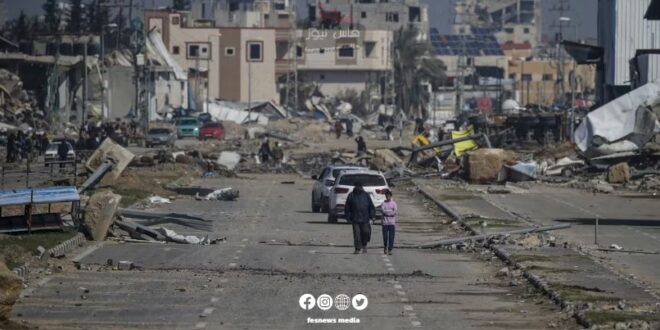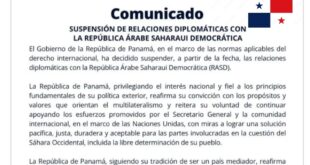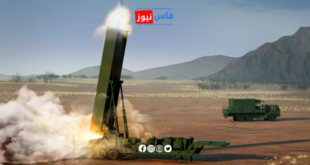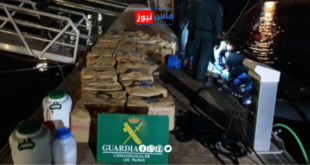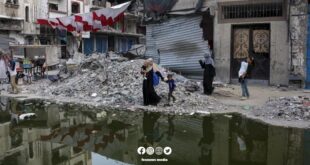In a concerning development, a UN official stated on Saturday that United Nations personnel working in the Gaza Strip now fear they have become “targets” following a recent deadly Israeli strike on a school turned shelter.
The airstrike, carried out on Wednesday against the UN-run Al-Jawni school in Nusseirat (central Gaza), resulted in 18 deaths, according to Gaza Civil Defense. Six employees of the UN agency for Palestinian refugees (UNRWA) were among the victims.
Sam Rose, Deputy Director of the UN agency, said in an online interview from Gaza: “A colleague said they no longer wear the UNRWA vest because they feel it makes them a target.” He added that UNRWA staff “were eating” in what appeared to be a classroom “when the bomb struck” and destroyed part of the building.
The Israeli military announced that its air force “conducted a precision strike against terrorists operating” in the school, asserting that measures were taken to reduce risks to civilians. They published a list of nine fighters killed in the Nusseirat strike, including three UNRWA employees.
According to Rose, these statements further undermined the morale of UN staff still present at the facility, where thousands had found refuge. He said, “They were particularly irritated by allegations about their colleagues’ involvement in terrorist activities,” adding that they felt this was “a real stain” on their memory.
UNRWA announced that at least 220 of its staff have been killed in the war between Israel and Hamas in Gaza. These developments come as the war continues, which has resulted in at least 41,182 deaths in Gaza, according to the Health Ministry of the Hamas government.
It’s worth noting that Israel accused several UNRWA employees this year of being involved in the October 7 attacks, leading to the immediate dismissal of the concerned staff by the United Nations. An expert report concluded that there was a problem with the agency’s political “neutrality,” noting that Israel had not provided “evidence” to support its accusations.
This situation highlights the increasing dangers faced by humanitarian workers in conflict zones and raises concerns about the protection of UN personnel and facilities in war-torn areas.
 فاس نيوز ميديا جريدة الكترونية جهوية تعنى بشؤون و أخبار جهة فاس مكناس – متجددة على مدار الساعة
فاس نيوز ميديا جريدة الكترونية جهوية تعنى بشؤون و أخبار جهة فاس مكناس – متجددة على مدار الساعة

